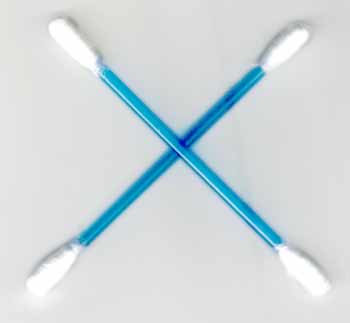 Hairy Ball Theorem Updated
Hairy Ball Theorem UpdatedThe Hairy Ball Theorem (HBT) was first postulated (and then proved) by Luitzen Egbertus...
 "Graunching" A Review Of The Literature
"Graunching" A Review Of The LiteratureOne of the first technical papers to reference ‘Graunching’ was ‘Railway Noise: Curve Squeal...
 Head Bobbing In Birds - The Science
Head Bobbing In Birds - The ScienceThe question : ‘Why do some*(see note below) birds bob their heads when walking?’ has perplexed...
 'Groucho Running' The Science
'Groucho Running' The Science Please observe the following unusual locomotive behavior which begins at around 55 seconds into...



 For technical (and ethical) reasons, this shape modification must necessarily be performed after laying rather than before. Prompting inventor Masashi Nakagawa to devise his
For technical (and ethical) reasons, this shape modification must necessarily be performed after laying rather than before. Prompting inventor Masashi Nakagawa to devise his



 The conclusion of their study, which tracked cotton bud usage in 100
patients at the ENT Department, of Sir Syed Medical College&
Hospital Karachi, (July 2005 to January 2007) is that
The conclusion of their study, which tracked cotton bud usage in 100
patients at the ENT Department, of Sir Syed Medical College&
Hospital Karachi, (July 2005 to January 2007) is that
